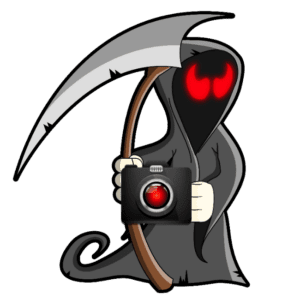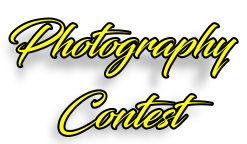ISO – Beginner Photography
ISO – Learn Photography
ISO is the digital equivalent (or approximation) of film speed. If you remember, back in the day, you would get 100, 200, 400 or 800 ISO. This still applies to digital photography, but it’s called ISO instead of ASA. It’s still the same: 100 and 200 for outdoors with a lot of light and 400 and 800 for indoors with less light. The same rule applies: the higher the number, the more light comes in.
General rules for ISO settings
The lowest settings are ISO 50, 100, and 200, depending on the camera. It is for FULL SUNSHINE. (some high-end cameras have 50)
ISO – 400 – overcast cloudy, not so much sun.
ISO – 800 lower light – sunset time and so on.
Digital Noise and ISO
The level of noise in a photograph is determined by the camera used. Typically, noise appears at ISO 800 and becomes more noticeable at ISO 1600, although this can vary depending on the camera’s specifications. Generally, larger sensors produce less digital noise.
High ISO settings are known for introducing noise or grain into photographs. While some artists may use it as an artistic effect, many photographers strive to avoid it. However, there are exceptions, such as when photographing ghosts.
To reduce the amount of noise in your images, it is essential to understand how ISO affects the exposure. Increasing the ISO will result in a brighter image while decreasing it will darken it. Shooting outdoors and experimenting with different ISO levels can help you visualize the effects of each increment on your photos.
In photography, grain (or digital noise) is common, especially in low-light situations. Darker areas in an image tend to show more digital noise than brighter ones. Various editing tools can be discussed in further detail later to achieve high-quality results and decrease grain in your photos.
Grain or Digital Noise Examples
Here is an example of grain in a picture. On the left. The stuff on the right is what you will need to edit your photos, and we highly recommend everything we advertise in our magazine. Back to learning; the darker parts of images is where you will see more digital noise or grain. Grain is very common in night photography. Let’s talk about ISO and night shots.

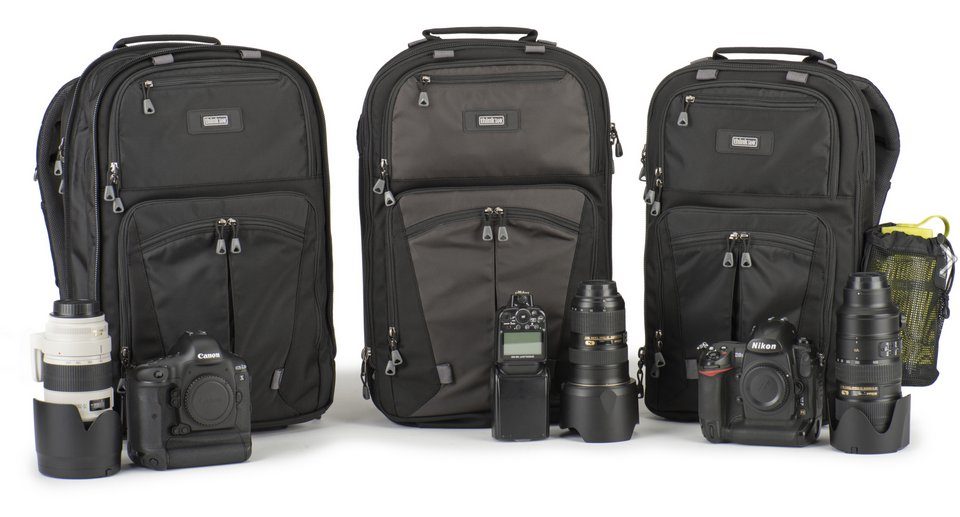


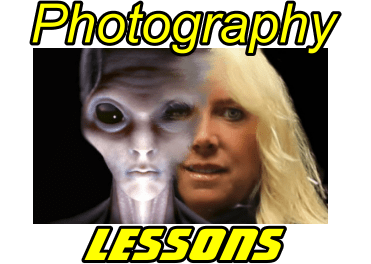
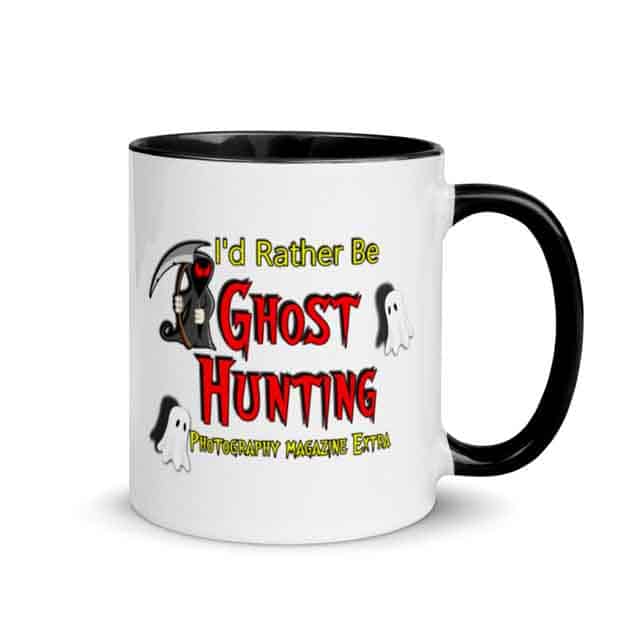





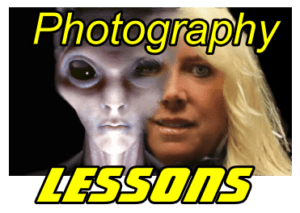 Photography, Lessons, Workshops and Classes.
Photography, Lessons, Workshops and Classes.